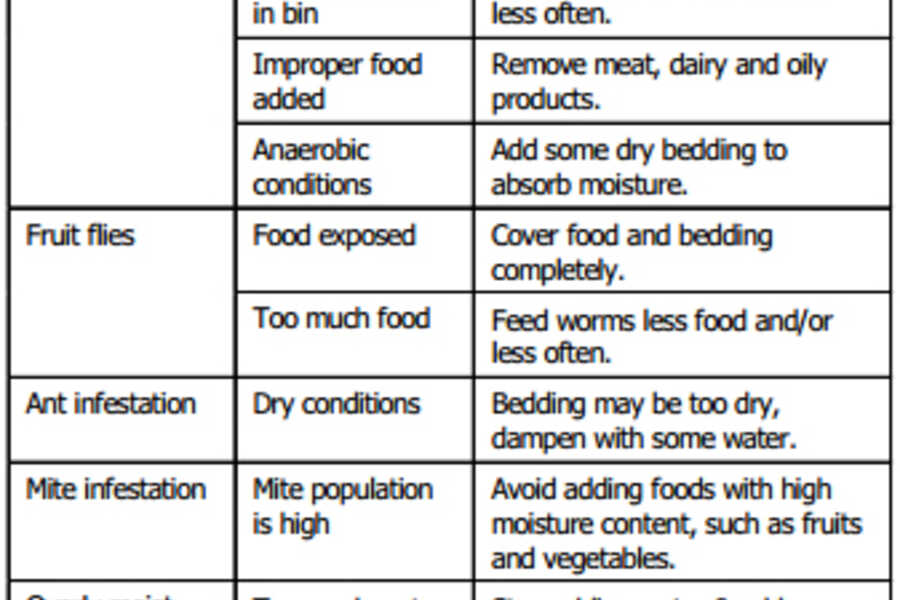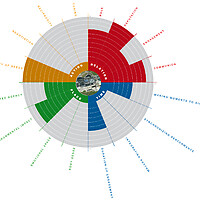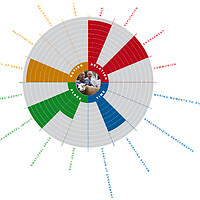Technology for mushroom cultivation
There is no worm farming facility on Texel available yet. Technology to create a worm farm already exists by using worm composting containers and could therefore already be implemented in 2020. Worm farming requires knowledge about nutrients for worms. Fruits and vegetable scraps, egg shells, shredded paper products, fallen leaves, tea bags, coffee ground, lawn clippings and weeds are all suitable. Meat, dairy and oily products are not suitable as feeding for worms, as well as onions, garlic, citrus fruits and large quantities of bread. A right balance of organic material, moisture and air is needed for a successful worm farm environment. The figure below shows indicators for possible problems you can face in worm farming (Logan city council, unknown).
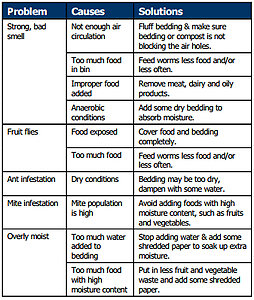
A bio-filter of worms to cleanse water also already exists but may require more investments. Since it is a relative new technology it is better to implement this in 2030 to let this technology develop further before implementing it on Texel.
Actor analysis
For the actors there are two options. Option one is that Ecomare opens the worm farming facility, option two is that the worm farming facility is spread among several farmers.
Introduction of Ecomare
Ecomare stands for keeping and recovering natural values in the ‘Wadden’ and Nordsea. It has a nature museum, seal-nursery, sea-aquarium, bird shelter, dune park and visitor center. Through education and creating awareness they try to protect the natural habitat.
Ecomare has 300.000 visitors a year, which makes them one of the top 10 museums of the Netherlands. The core values of Ecomare are: nature of ‘Wadden’ and Nordsea, experience, knowledge, awareness and inspiration. By translation stories to excursions, exposition, education and web information Ecomare tries to spread knowledge about nature to different target groups (Ecomare, 2007).
Ecomare sees their slow transition to new expositions as a weakness. This while, 40% of the visitors have already visited Ecomare before. Ecomare sees opportunities in creating a facility that revolves about experience and fun. Ecomare wants to move away from the ‘geitenwollensokken’ image and wants to fascinate people from urban areas with the beauty of nature. Visitors of Ecomare come for the animals, therefore Ecomare want to include more animals in their stories and create more stories around animals (Ecomare, 2007). Another weakness Ecomare mentions is the non-oriented-business approach of some projects.
The worm farming facility can be a gate to talk about the importance of worms to the ‘Wadden’. Different types of worm species transform waste into resources for different types of land. In the sea worms digest plankton, waste and small animals into resources. Since worms are part of the food chain for animals and fish, worms are essential for the two main animals Ecomare focusses on and has shelters for. It leads to an opportunity for a new exposition or excursion to give more knowledge on ecosystems. A bio-filter of worms can filter water, which can represent the eco-system in the sea and gives the opportunity to spread more knowledge through this example.
Through worm faming Ecomare is linked to aquaponics. During composting the worms fatten. These fattened worms can be fed to fish. In this way Ecomare can play an essential role in explaining aquaculture. To create a business aspect, the compost can be sold to farmers to maintain land on the Wadden, which can be used again to invest in Ecomare.
YUPTA analysis of Ecomare
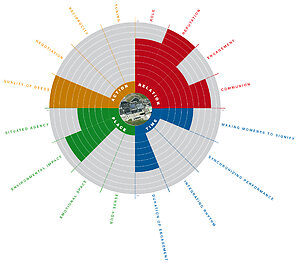
YUPTA analysis of farmers
Since worm farming is possible on small scale as well, farmers could create their own worm composting bin. The compost they generate can be used on their own land directly. The water they filter with a worm bio-filter can be used for irrigation of the land or water for the cattle. The problem is that they need sufficient investments to purchase a bio-filter and worm container. The large amount of organic waste of restaurants and households can be distributed for free to the farmers as well. The problem with this is that you need transport to deliver the waste to different farmers, while with Ecomare there is one central point the waste can be distributed to.
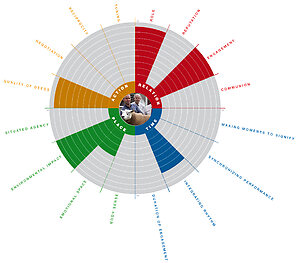
In this case, the waste of the farmer, becomes a resource for the farmer himself. Since there is a direct benefit it is more likely that the farmer will be engaged. The farmer will need more knowledge about nutrients of worms and needs to add this extra activity to his/her schedule in return of free compost. The environmental impact is huge, since compost fertilizers their own land again. Since farmers are more connected with their land and cattle, the worm farming can go along with emotions since the worm farming allows the farmer to become more self-sufficient and be more in balance with nature.
Estimate available GFT waste for worm farming
In 2012 there was 1983 tons of GFT waste (Gemeente Texel, 2012). Compost worms can eat half of their body weight (Food know how, 2014). A 1000 worms weigh 1lb, which is 0.45kg. This is 0,45g per worm, meaning a worm can digest 0,225g of waste a day. This is 82g a year for which you need 24.182.927 worms. This seems a lot, but red worms reproduce when they reach maturity after 90 days. After that they produce 20 juvenile worms each week in ideal conditions (Batchelder, Unknown). Quickly calculated this means you can have 1000*20*20*20*20= 160.000.000 worms in one year, which is sufficient and also gives room to use the fattened worms as feeding for fish or birds.

